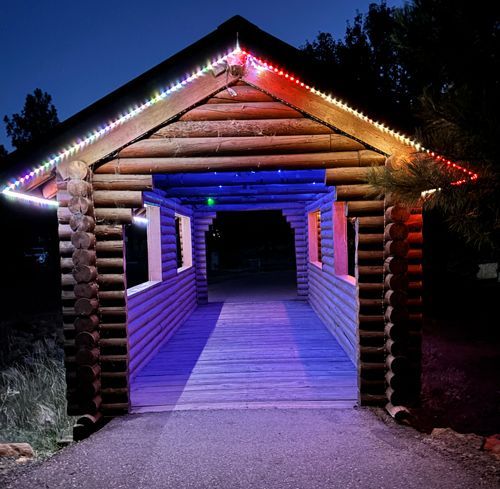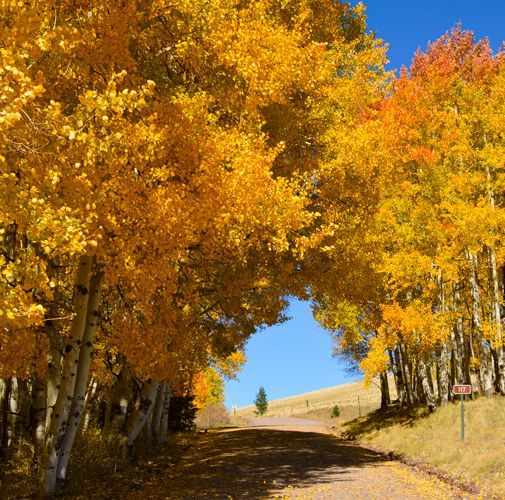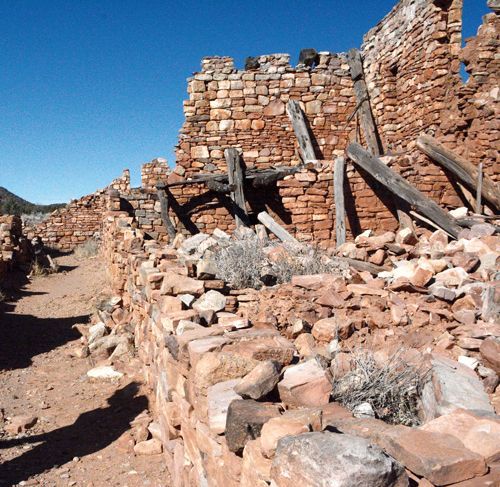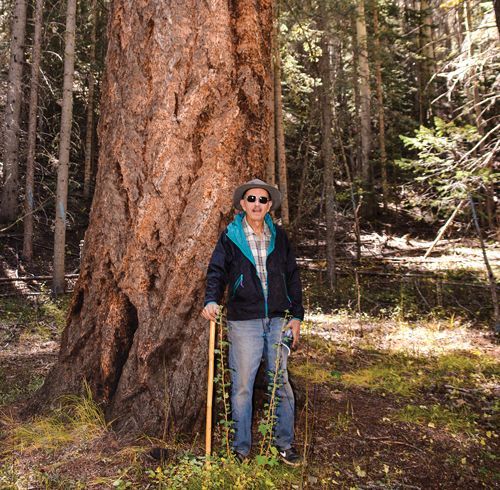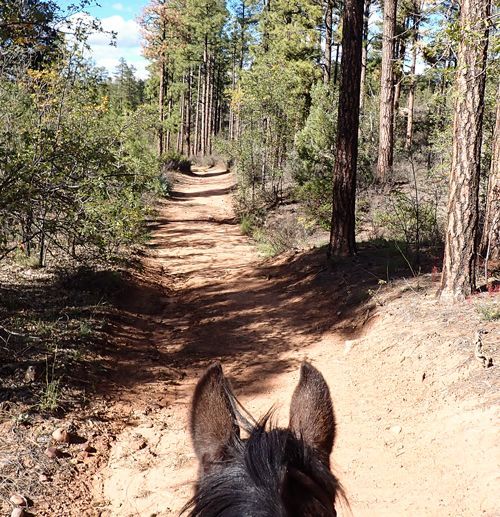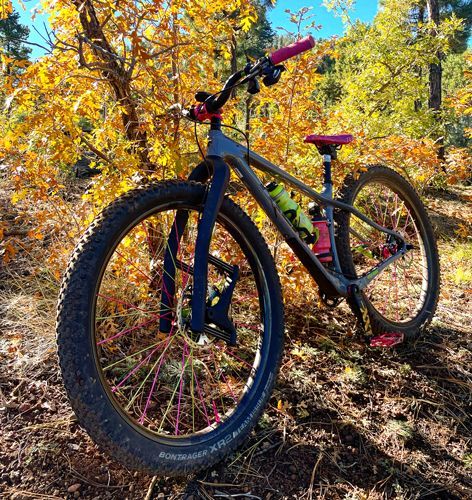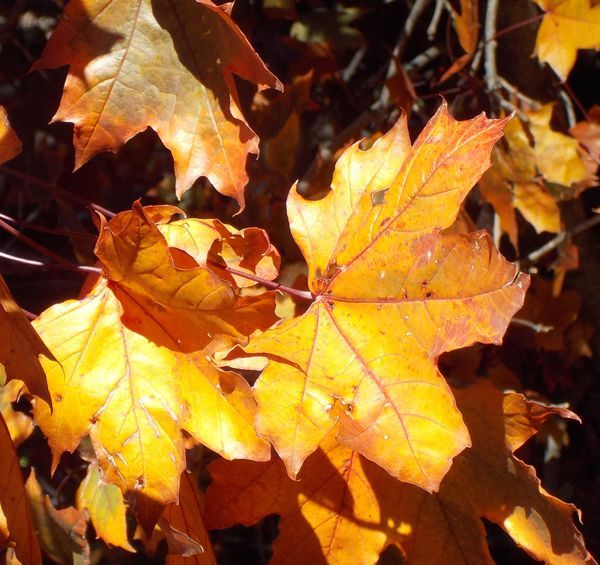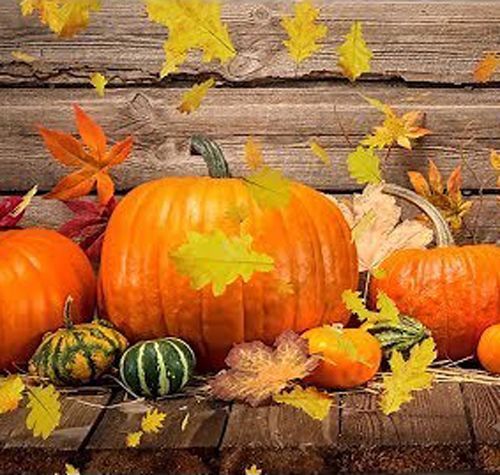Wild roses and birds...
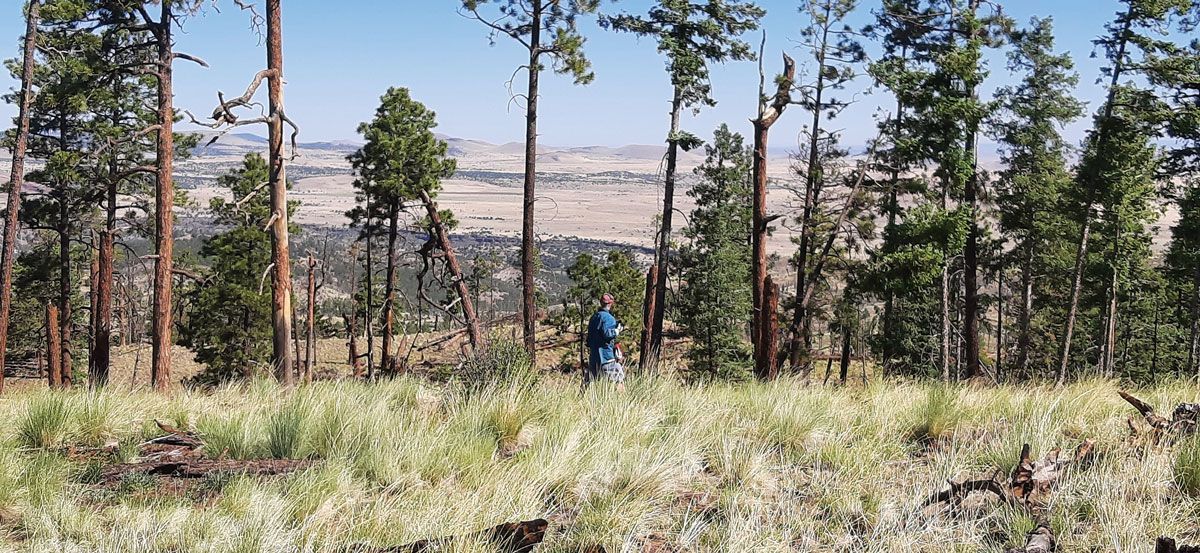
By Rob Bettaso
Photos by Rob Bettaso and Gary Weesner
Earlier today, I returned home from one of my warm-season, dawn jaunts. This one had been a bit longer than usual because the birding had been wonderfully productive – which had motived me to continue around “just one more bend in the trail.” Not counting my pre-dawn coffee, I had yet to break my nighttime fast and it was coming up on 12 hours since I had last eaten. I toasted bread, slathered it with peanut-butter and honey, and ate it quickly while still standing at the counter. Sated, the time had come to sit and rest.
I filled a tall glass full with water and set it on the table beside my old rocking chair. I sat down and picked up the library book I have been slowly reading the past few weeks: D. H. Lawrence’s “Sons and Lovers.” Over the course of my life, I have read poems, stories, and novels by him and do so mostly because I enjoy the way he describes the natural world (hardly what he is known for; as most fans of “modernist literature” are probably more familiar with his steamy romantic writings -- “steamy” for their time, at least, which was in the early 1900’s).
While reading, I had absent-mindedly scratched a scab on my shin and became conscious of doing so when the scab scraped off. There was no blood underneath as the wound had healed, but, now that my attention has shifted from the book to examining my shins, I realize that most of the minor cuts and abrasions that riddled my lower legs were all just about healed. Soon they will be nothing more than thin white stripes and small white patches. The cuts are interesting, because they really aren’t slices at all, but rather, scratches, and I can see how the wild rose thorns that had inflicted the wounds had caught on the skin and made a stuttering, dragging motion leaving both cuts and punctures as the thorns dipped into and out from the outermost layer of skin. The scrapes, on the other hand, had been deeper and had been the result of knocking my shins a few times on rocks hidden within the thorny brush.
Well, you know what they say: “scars make a body more interesting” and I certainly have my share. I am happy to say that most of my external scars have come from Ma Nature’s love kisses and not from man-made objects (or, worse yet, from man himself).
I take a long drink of water and decide to put aside the Lawrence and reach over on the table to pick up one of my Apache-Sitgreaves maps. I open it to the Springerville Ranger District section and begin pondering the thorny place where my friend Gary and I had gone on a brief backpacking trip several weeks back.
I don’t do many backpacking trips anymore; it’s mostly a matter of aging muscles and bones, and, the discomfort of sleeping on the hard and lumpy earth. Nonetheless, I still consider backpacking to be among the best ways to enjoy Nature. There is something about turning your back on the luxuries and conveniences of car-camping and resigning yourself to a period of mild pains and annoyances so as to leave behind the “teaming masses yearning to be free” (or, in other words: today’s campers, who, rather than achieving any real freedom, instead haul all types of machines, fancy foodstuffs, toys, and high-dollar apparel into the wildlands).
Yes, there is a wonderful simplicity to having only the clothes on your back, plus, stuffed inside the rucksack maybe just a rain-jacket and a change of socks. That is all I generally take, apparel-wise, during a warm-season outing of 1-2 nights. Sure, by the time I return to my truck parked at the trailhead, I have exceeded my “sell by date” but, if I’m with a good chum, and he or she is in about the same condition, who cares; windows can be rolled down. And as far as the other essentials go: well, granola bars, cheese sandwiches, and ramen noodles can cover food for a few days, and, if you bring a water filter you don’t have to carry too much water if you hike along a stream or backpack into a realm that has ponds and/or lakes.
Gear-wise, most of what I bring during periods of favorable weather includes the following: a sleeping bag and pad; the basics of navigation; essential first-aid items; sun-protection; toiletries; and, the just-in-case type of survival items. I also find it well worth the extravagant weight to bring my binos and, since they hang around my neck while I’m hiking, they don’t even add any weight to my backpack. Sure, there are sometimes a few other sundry items in my pack but often times I never even take them from the pack during a quick trip.
On my excursion with Gary, I doubt my pack exceeded 30 pounds and Gary’s was probably only heavier by maybe 5 pounds which included things like his phone, batteries, chargers, and an emergency SOS type of device. Hiking with Gary is reassuring as he keeps up with the latest outdoor gear and technologies and he knows how to use them. He also knows the “old school” tools and is an expert with such things as a magnetic compass and has certifications in not only orienteering, but other disciplines including first aid and first responder levels of backcountry health care.
Add to all of the above the fact that Gary is generally very laid-back, temperament wise, until he needs to spring into action for whatever specific skill or knowledge is required. I’ve gotten to know Gary because both of us volunteer with the Navajo County Search and Rescue team -- although he has been involved for a much longer time than I have. On the other hand, I have lived up in the White Mountains area for a few years longer than Gary and have thus had the greater amount of time to explore our hiking and camping areas.
Essentially, many of the Apache-Sitgreaves hiking trails and camping areas can serve as the launching points for low or high mileage backpacking trips. For our recent trip, I had simply picked a drainage that I had gone bird-watching along in the past, and then looked at my map to see if we could hike further in than the route that most people typically followed. As it turned out, it was a fine plan and we spent about five hours hiking in from where we parked and then picked a site that we both agreed met our minimal camping needs: a reasonably thick tree canopy so we could get out of the hot sun; a place along the creek where we could filter water for our canteens; a patch of ground that was as level as possible for Gary’s tent and another spot where I could lay my pad and sleeping bag so that I could sleep out in the open (tents make me claustrophobic and I only use one if it is going to rain).
Over the course of a couple of days we explored the general area in which we were camped. Our forays including hiking about an hour up a steep slope so that we could survey the higher elevations of our domain. We also spent time hiking further up the drainage and also up some of the side gullies that ran down to the main canyon.
For the most part, the areas we explored were fairly typical of the higher elevation riparian corridors of the White Mountains. We had parked at about 7,500 feet and hiked as high as 9,000. There were a few noteworthy aspects of our environment: First, on our two-night and three-day trip I think I saw about as many Western Tanagers, Plumbeous Vireos, and Western Wood Pewees as I’ve ever seen in one single chunk of habitat. Second, the riparian vegetation seemed to have about the highest density of wild roses of anywhere I have ever hiked and everywhere the wild roses grew, they were blooming and filled the air with their unique fragrance; while at the same time, it was hard not to curse them as they clawed at our bare calves and shins when we hiked anywhere near the stream. Third, if you take the time to get to know a relatively small area (say a single square mile) it is amazing how many springs and drainages one can find in some parts of our high elevation forests.
Add to the above, the fact that I fell into a deep sleep both nights accompanied by the soft hoots of a near-by Great-horned Owl, and, that despite all of the springs and swampy areas that we encountered I never once heard a single mosquito nor felt the sting of its nasty, blood-sucking proboscis. There were a few biting flies but hey, the birds and lizards need to eat something.
Speaking of birds, I’ll end this story with one final anecdote: for several hours late in our second day both Gary and I listened to a raucous bird somewhere deep in the trees and beyond our field of vision. It was frustrating to both of us that the bird would not show itself and its cries eventually became something of annoyance. Eventually we tuned it out as just a bit of background noise and figured it must be a young corvid of one of the five or six types that might be found in the area. On our third and last day in the drainage while we were hiking back to my truck, we finally saw the noisy bird and it turned out to be a fledgling Clark’s Nutcracker, high up in a snag. He was calling for one of his parents and, before long, one of the parents did come and fed him, though the morsel did nothing to quiet him down.
Though the young jay had yet to master flight, he reminded me of a something D.H. wrote (and I paraphrase): A bird swoops and soars also for the sheer joy of movement.
Yes, and backpacking too, can be a joyful way to get around.

